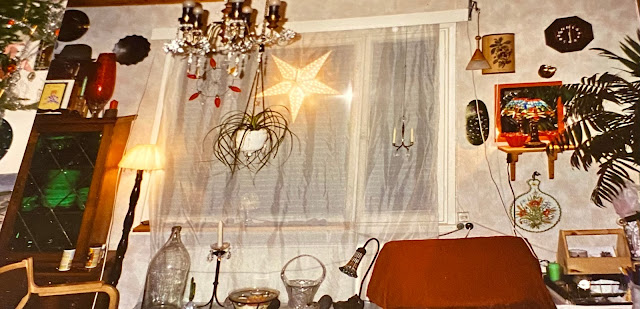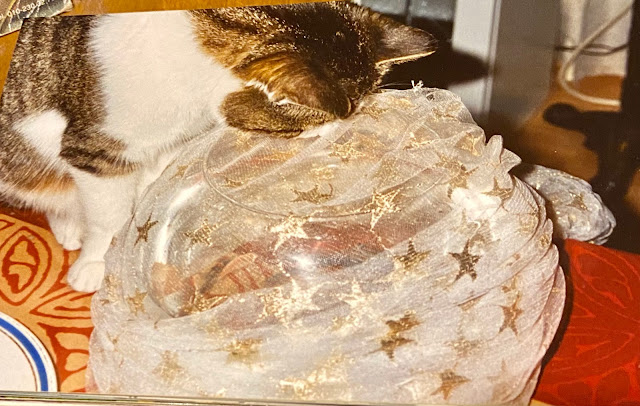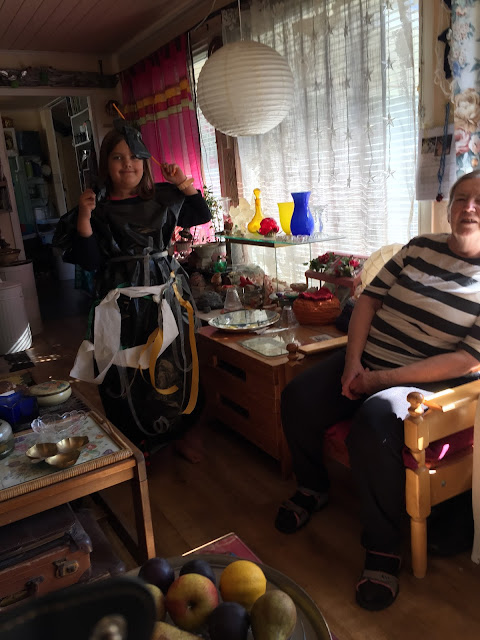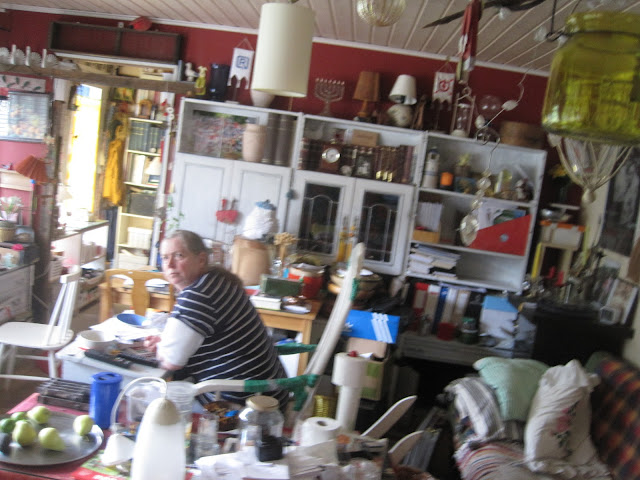An optoelectronic keyboard is a type of keyboard that uses light sensors to detect key presses. Instead of using traditional mechanical switches, the keys of an optoelectronic keyboard contain light-emitting diodes (LEDs) and photodetectors. When a key is pressed, the photodetector detects the interruption of light caused by the key, and the corresponding keypress is registered.
Optoelectronic keyboards are often used in environments where durability and resistance to liquid spills are important, as they have no moving parts and can be sealed to protect it from damage.
The first “optoelectronic keyboard” was developed by Hewlett-Packard in the 1960s.
Fibre optics was discovered in the 19th century, but its full potential as a means of transmitting data was only realised in the 1960s.
In 1966, Charles K. Kao discovered the potential of glass fibres for transmitting light signals, which later led to the development of practical optical fibre cables.
Sir Charles Kao was a renowned physicist and engineer. He was born on November 4, 1933, in Shanghai, China, and passed away on September 23, 2018.
Sir Charles Kao is most famously known for his groundbreaking work on the practicality of using optical fibres for long-distance telecommunications. In the 1960s, he foresaw the potential of optical fibre cables as a viable solution for transmitting large amounts of information over long distances. At the time, copper wires were the standard for communication, but they suffered from limited bandwidth and significant signal loss.
Sir Charles Kao's research and experiments in the late 1960s led him to demonstrate that the attenuation (loss of signal) within an optical fibre could be significantly reduced if the fibre’s impurities were minimized. This discovery paved the way for the development and commercialization of fibre-optic communication systems, which revolutionized global telecommunications.
In recognition of his pioneering work, Sir Charles Kao, along with Willard S. Boyle and George E. Smith, was awarded the Nobel Prize in Physics in 2009. This prestigious honor solidified his status as a key figure in the advancement of modern telecommunication technology.
Aside from his contributions to the field of fibre optics, Sir Charles Kao held various academic and industry positions throughout his career.
He obtained his Bachelor's degree in electrical engineering from the University of London and later pursued a Ph.D. in electrical engineering at the Imperial College London.
Our paths crossed here in London as he was simultaneously working at the research centre of Standard Telephones and Cables (STC) in Harlow. This research centre of STC was affiliated with the research centre where I was working, the Rubber and Plastics Research Association of Great Britain (RAPRA) in Shawbury.
My work was on durability of polymeric materials, including the alternate material for fibre optics, acrylics.
Sir Charles Kao's work continues to be highly regarded and has profoundly impacted the telecommunications industry, facilitating the fast and efficient transmission of data around the world. His contributions to the development of optical fibre cables have revolutionized long-distance communication and laid the foundation for the digital age we live in today.
The potential of acrylic fibres as a fibre optic medium was discovered by a team of researchers at Bell Laboratories in the United States.
Engineers at Bell Laboratories discovered the potential of acrylic fibres as an optical fibre cable in 1970.
The first company to produce acrylic fiber for fibre optic cables was DuPont.
I am releasing this entry about Sir. Charles Kao and fibre optics, as in 1996 I wrote a confidential paper on my thoughts on “optoelectronic keyboards” which was not about the use of optoelectronic switches but on keyboards which would actually consist of mini screens as keys!
This concept arose out of the problems associated with original mobile phone numeric keyboards.
Although IBM had already developed a touch keyboard for its mobile phone, Signal, in 1994, it was nowhere near the possible potential.
When I exchanged my ideas and views with Steve Jobs in 1997 when he had returned to Apple from NEXT, it was well received, but it was only taken more seriously when Apple iPhone was released in 2007, but only taking a very small part of my keyboard concept into consideration.
Here are the four pages of the text of my original paper “Optoelectronic Keyboards - Basic Concept, User Friendliness and Technology Shift” written in 1996.
It was first shared confidentially with my then son-in-law, Tony Manninen.
After doing a patent search, which showed that my concept was unique, I shared it with Steve Jobs.
Unfortunately, the email exchange with Steve Jobs was through my now defunct internet account findians@findians.com as my service provider in Canada went bust and I lost my domain name.
However, if someone is able to search Steve Jobs’s archives, it may be possible to retrieve our correspondence.
Sir Charles Kao developed Alzheimer’s in 2003. But he could still recall people and names and still carried on his research work.
As I care for Annikki, stricken with Alzheimers, I still have hope that, like Sir Charles Kao, Annikki will continue to contribute to society, as she has done for the last 50 years, just by the sheer joy she conveys daily to all of us around her.
Sir Charles Kao used most of his Nobel Prize money to set up a foundation to help those suffering from Alzeihmers.
I thought to release this blog today, 4th November 2023 as it is the 90th birthday of the late Sir Charles Kao, who influenced some of my work on acrylic polymer optoelectronics fibres in the late 1960s.
















































